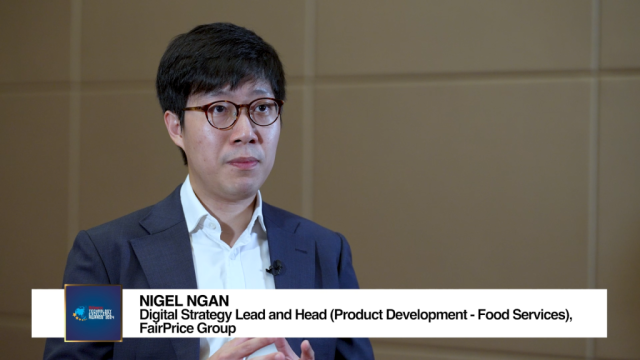
Singapore manufacturing drops 9.5 % on Tsunami effect
The aftershocks reached Singapore’s electronics supply chain and bad news in Pharma point to a slowing economy.
And the economic aftershocks are just around the corner. In fact they may stay for a few months, bringing us lingering inflation risks, says HSBC.
Here's more:
Facts
Manufacturing output declined 9.5% y-o-y (vs. upwardly revised 26.3% in March). On a seasonally adjusted basis, output contracted 16.3% m/m, following a massive 25.8% expansion in March. This came well below consensus and our estimate of -3.5% y-o-y and -3.1% respectively.
The notoriously volatile pharmaceutical sector shows off its roller-coaster quality again, contracting sharply in April (-23.6% y-o-y) following a rapid expansion (71% y-o-y) reported in March, due to changes in the output mix.
Outside the biomedical cluster, manufacturing growth slowed to -0.5% y-o-y (vs. 7.8% in March). In sequential terms, the ex-biomed output growth declined 6.2% m/m sa (vs. 1.1% expansion in March). The slowdown in annual terms in ex-biomed is quite evident in the mainstay electronics sector. In particular, according to the press release, the output of semi-conductors and storage devices declined due to lower exports demand and supply disruptions. Elsewhere, the chemicals cluster was affected by maintenance shut downs in the petroleum and petro-chemicals sectors.
Not all was red, however. For example, precision engineering grew 28.5% y-o-y (vs. 18.6% in March) while transport engineering held fairly firm at 6.3% y-o-y.
Implication
The slowdown in output has been expected, as the effects coming from post-Japan quake supply chain disruptions pan out, as we can see from the drop in semiconductor production, for instance. Beyond that, the volatile pharmaceutical sector accentuated the downshift in April, with its sharp drop in drugs output over the period.
Overall, while we expect to see somewhat softer readings on economic activity over the next few
Months, we continue to see a rather low chance of any considerable build-up in slack in the production, however, with capacity constraints remaining rather tight.
Hence, the MAS is likely to stay guarded against lingering upside risks to inflation after its own definition of core inflation ticked-up significantly in April. Should the pipeline of data in the coming months continue to look-up for growth and less so for inflation, further policy tightening would be on the table in October.
Bottom line: Manufacturing was slower due a volatile pharma as well as supply disruptions in electronics. These are likely to be short-term and output would pick-up again in H2 this year.
























 Advertise
Advertise









